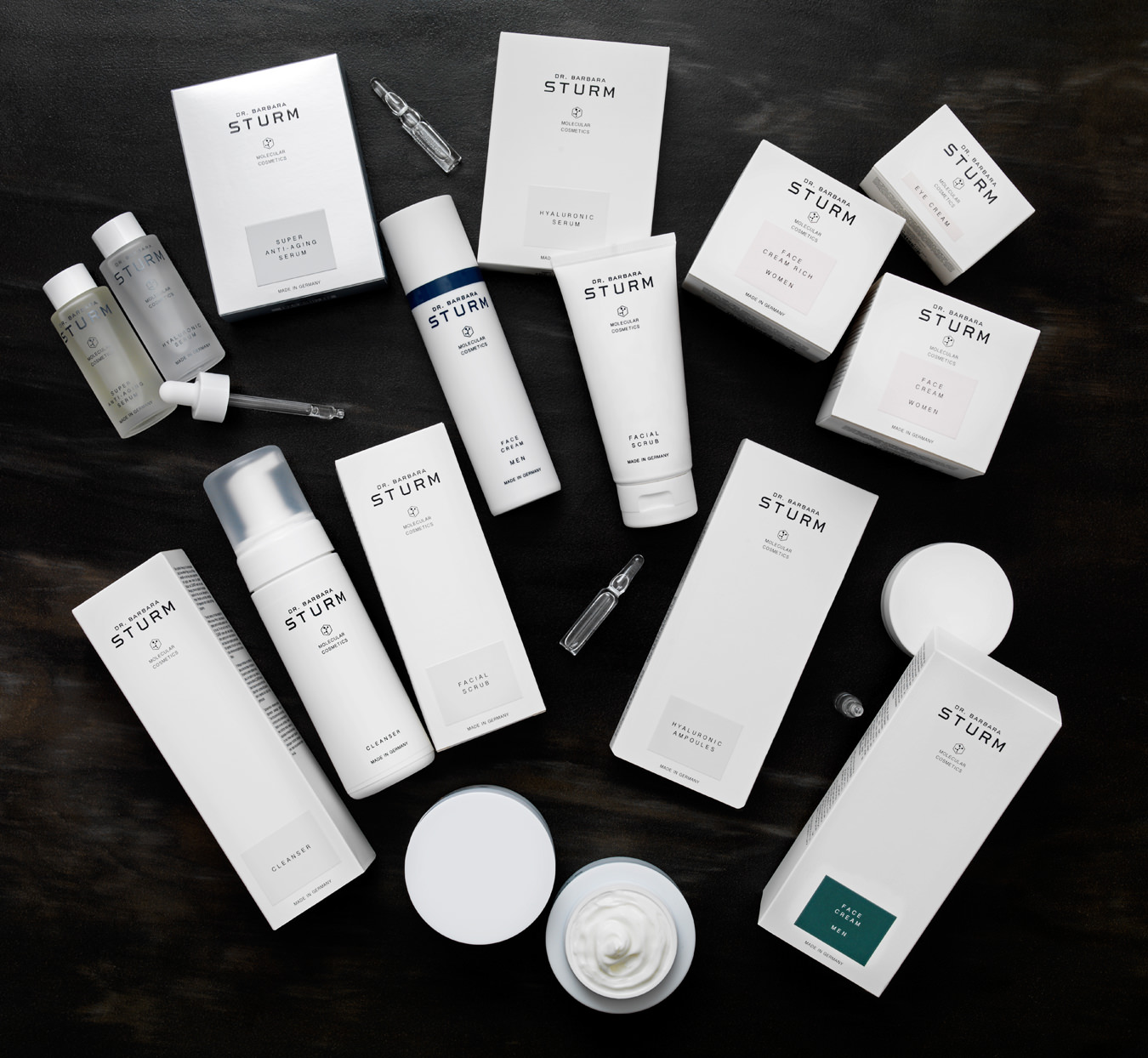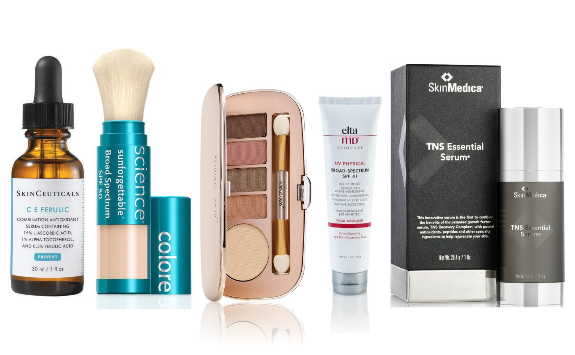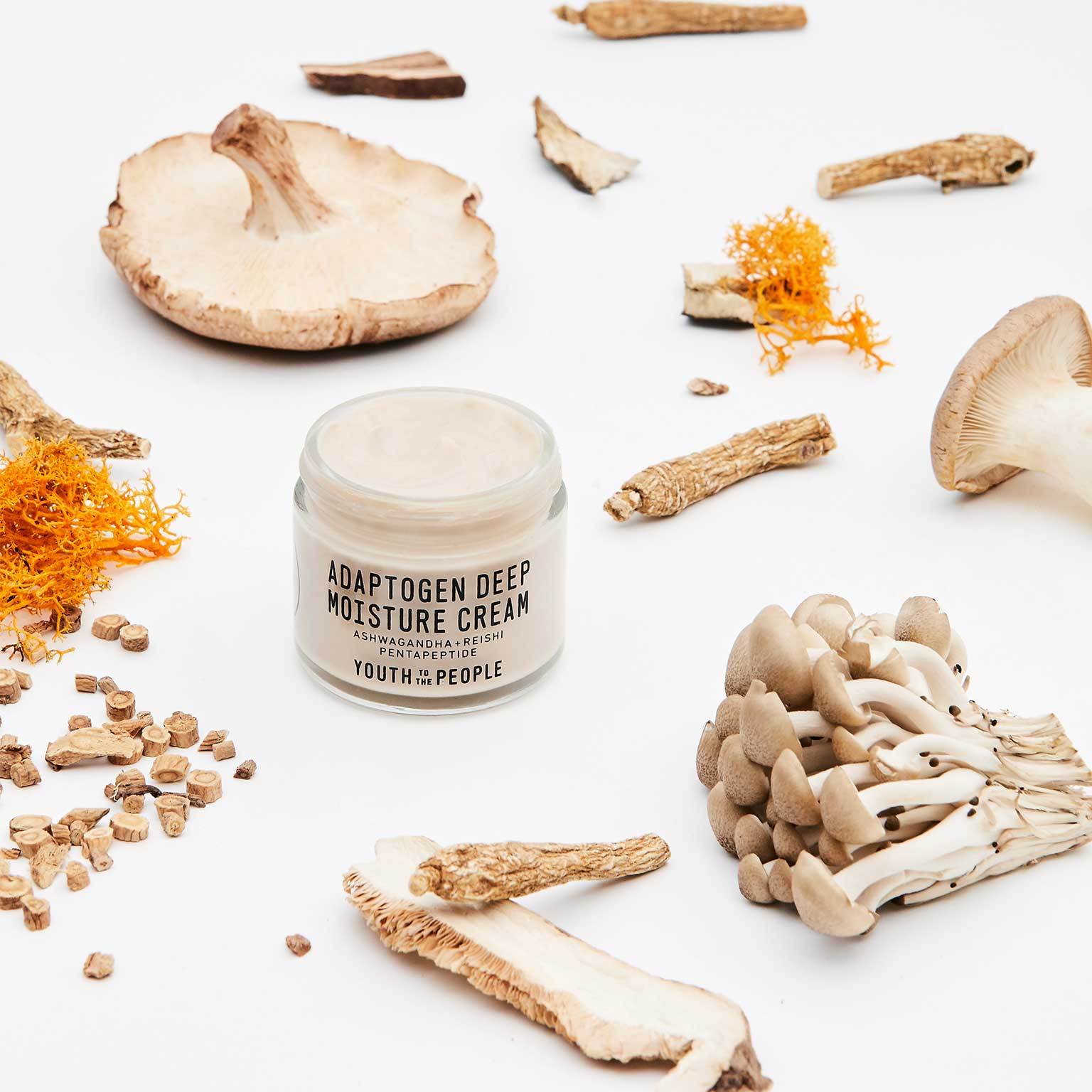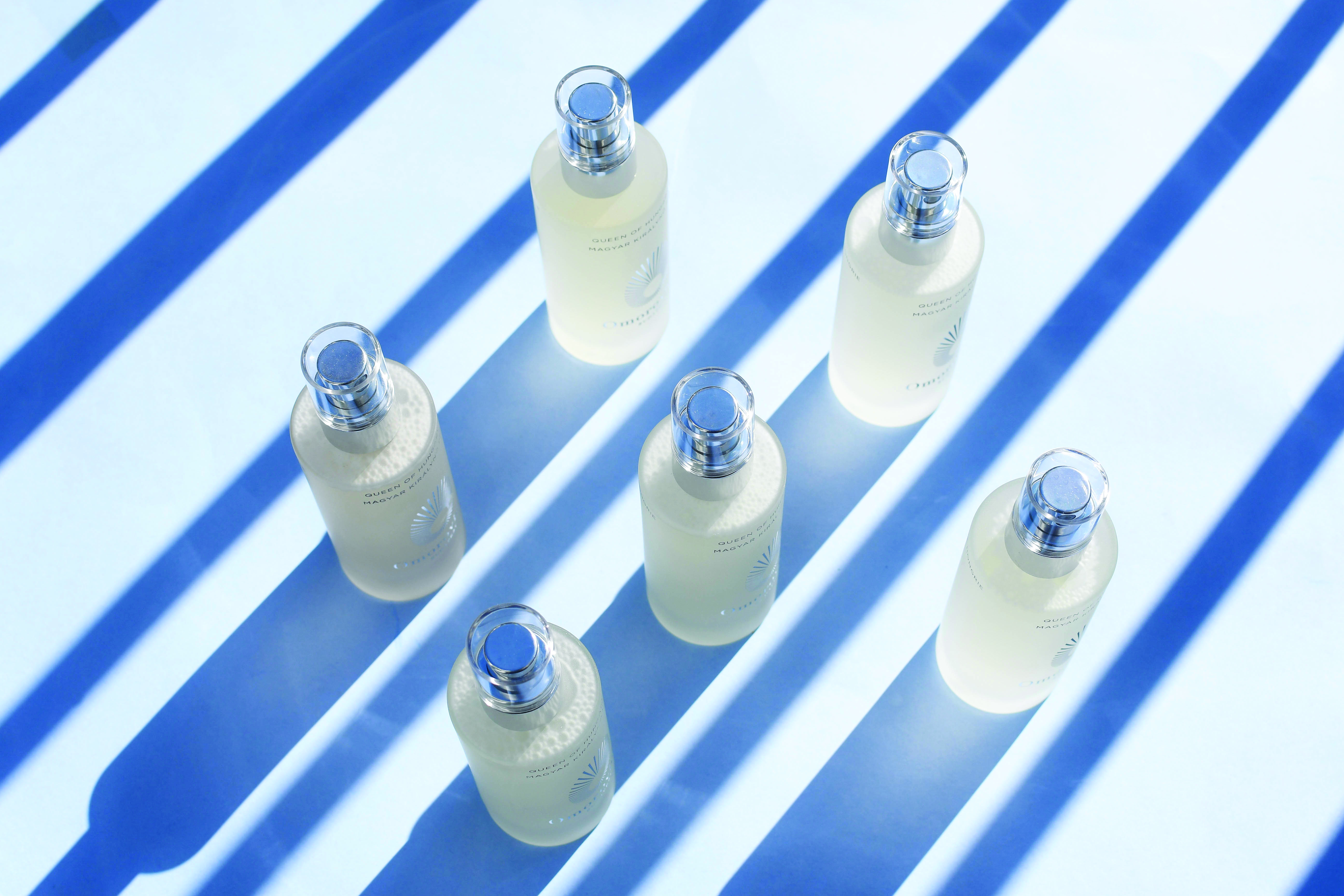Why Should We Be Worrying About Blue Light?
Lights out.

Most of us are aware that UV rays and other pollutants are harmful to skin. Now, hubbub is bubbling about another aggressor determined to damage more than just our complexions: blue light, also known as high-energy visible light (HEV).
“We know from convincing scientific data that blue light can cause hyperpigmentation, damage the extracellular matrix – the structural components of skin – and increase free radical formation,” says dermatologist Dr Shannon Humphrey, medical director of Carruthers & Humphrey. Furthermore, prolonged blue light exposure can lead to issues like dark spots, sagging, wrinkles, and lack of radiance.
There’s also evidence of damage to our eyes. “Some research suggests that high-energy light hitting the retina can cause oxidative stress to the retinal pigment epithelial layer. This stress can potentially exacerbate macular degeneration issues – macular degeneration is the leading cause of blindness in the developed world,” says optometrist Dr Justin Asgarpour.
Blue light is a component of visible sunlight, which means we’re receiving it all the time during the day. But what people are really concerned about is the exposure we get from electronic devices – most screens are LED or LCD, which emit blue light. Why is this more problematic than daylight? “We’re using devices in very close proximity to our faces, sometimes for 12 hours a day,” explains Dr Asgarpour. Dr Humphrey says: “What we’re really talking about is continuous, chronic, unregulated, unmeasured. and not fully characterized exposure.”
In addition to the potential damage to our skin and eyes, there are broader health risks. “Humans have evolved to understand that blue light means sunshine, which means we should be awake. That’s fine and dandy when you wake up in the morning – it’s actually helpful to see sunlight to boost our alertness and get us up – but now, we’re staring at tablets and screens until three in the morning, right before sleep, and that’s obviously very disruptive to our sleep cycle,” says Dr Asgarpour. Late-night exposure to blue light inhibits melatonin production, so it takes longer to fall asleep and the sleep we have is less restful. Dr Asgarpour says that exposure to blue light also puts strain on the focusing mechanism of our eyes, leading to headaches.
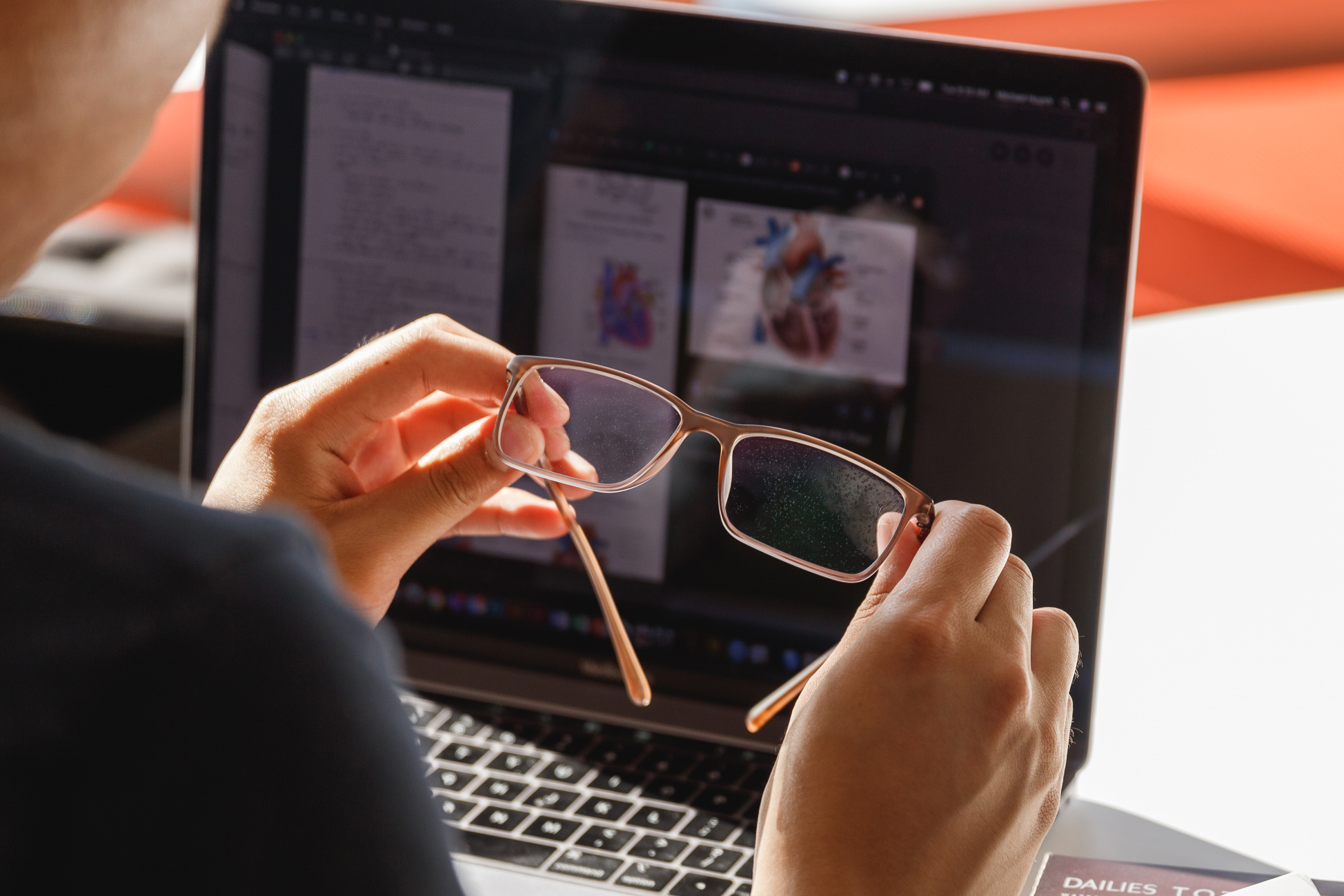
Photo courtesy of Clearly.
Some groups may be more susceptible to blue-light damage than others. Dr Asgarpour says that people’s eyes acquire natural protection against blue light as they age. This means that children are particularly vulnerable, as is anyone who’s had their natural lens replaced because of cataract surgery.
To reduce blue-light exposure from devices, leave your devices set to dark mode and take regular screen breaks. You can also get special glasses with digital protection lenses that can be worn while looking at screens and filter out some of the blue light. These can be non-prescription or prescription specs, and optometrists are often able to fit your existing frames with new lenses.
In terms of skin health, the more screen time you get, the more potential damage there is. There’s some evidence that mineral sunscreens with iron oxide protect against blue light, though most won’t make that claim explicitly. According to SkinCeuticals, iron oxide is the pigment that gives some mineral sunscreens a tint to offset the usual white cast. The brand has three such sunscreens in its lineup: Physical Fusion, Physical Matte, and Physical Eye.
There are also a raft of new serums, sprays, and creams that claim protective properties. Most of these contain antioxidants, but it’s not OK to just assume that any antioxidant serum will cover you. “Antioxidant is a giant term for products that counteract free radical formation. Not all topical antioxidants protect against blue light – we can only feel confident about products making claims where it’s been specifically studied,” says Dr Humphrey.
Realistically, we’re probably not going to abandon our smartphones, TVs, and laptops any time soon, so here are six products that claim to reduce potential damage from blue light.
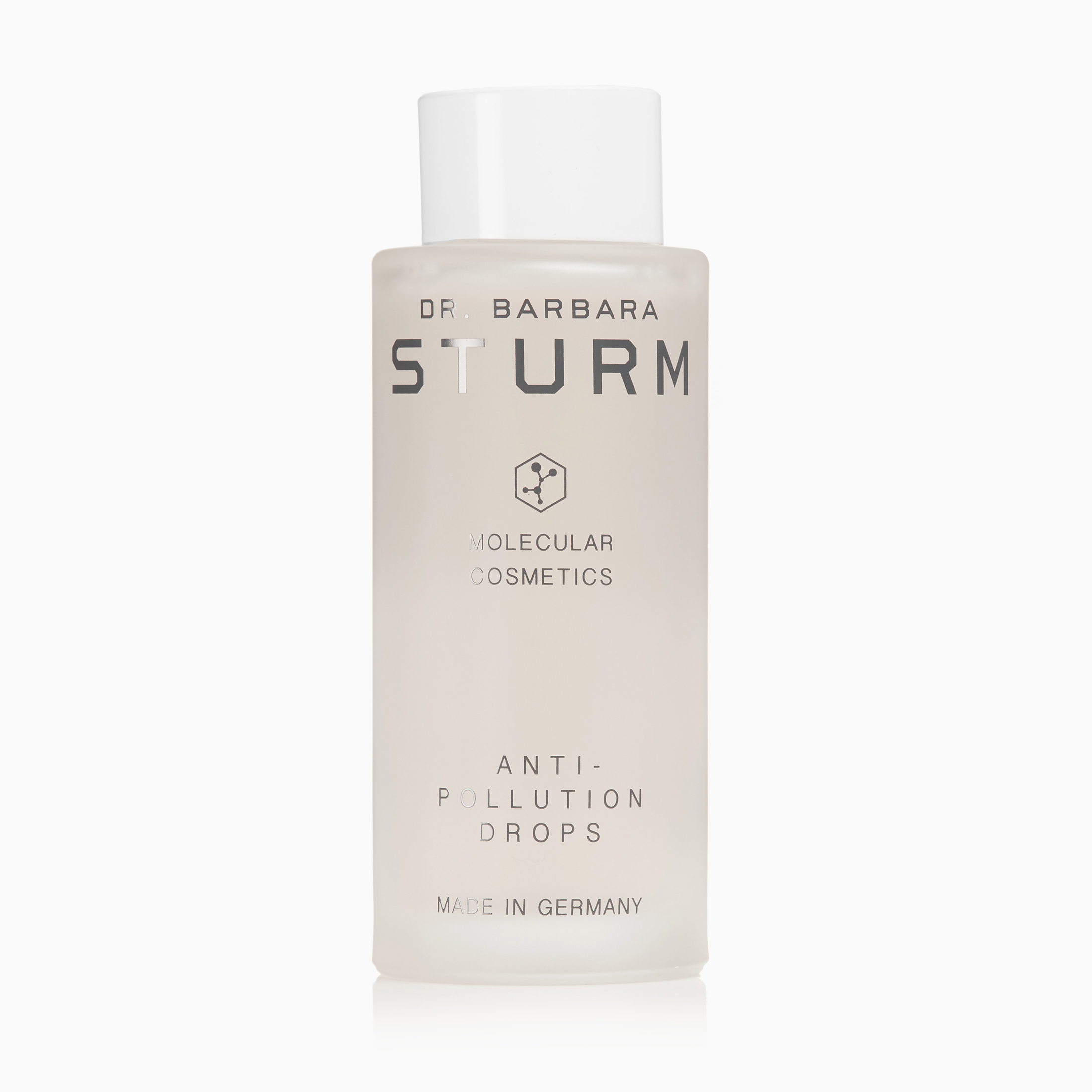
Dr Barbara Sturm Anti-Pollution Drops
Add a pipette of this serum to any other skincare product, or pat it onto skin after cleansing and before moisturizer. It has an antioxidant complex and ingredients that are said to strengthen the skin’s natural barrier function and calm inflammation. Dr Sturm also makes a complementary antioxidant oral supplement.
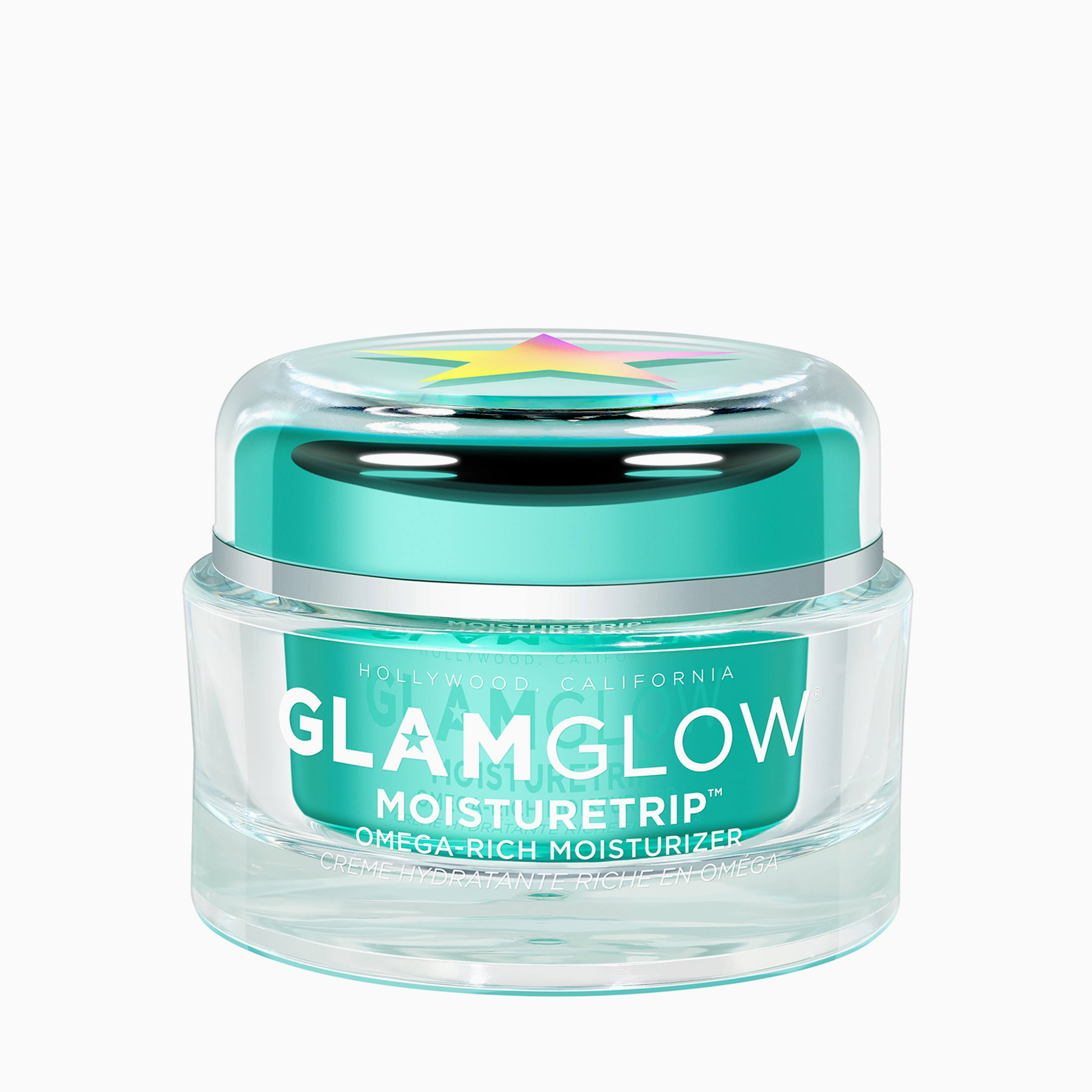
Glam Glow Moisture Trip
A lightweight moisturizer, this has omega-rich cannabis sativa seed oil, which helps repair the moisture barrier and antioxidant-rich chaga mushroom.
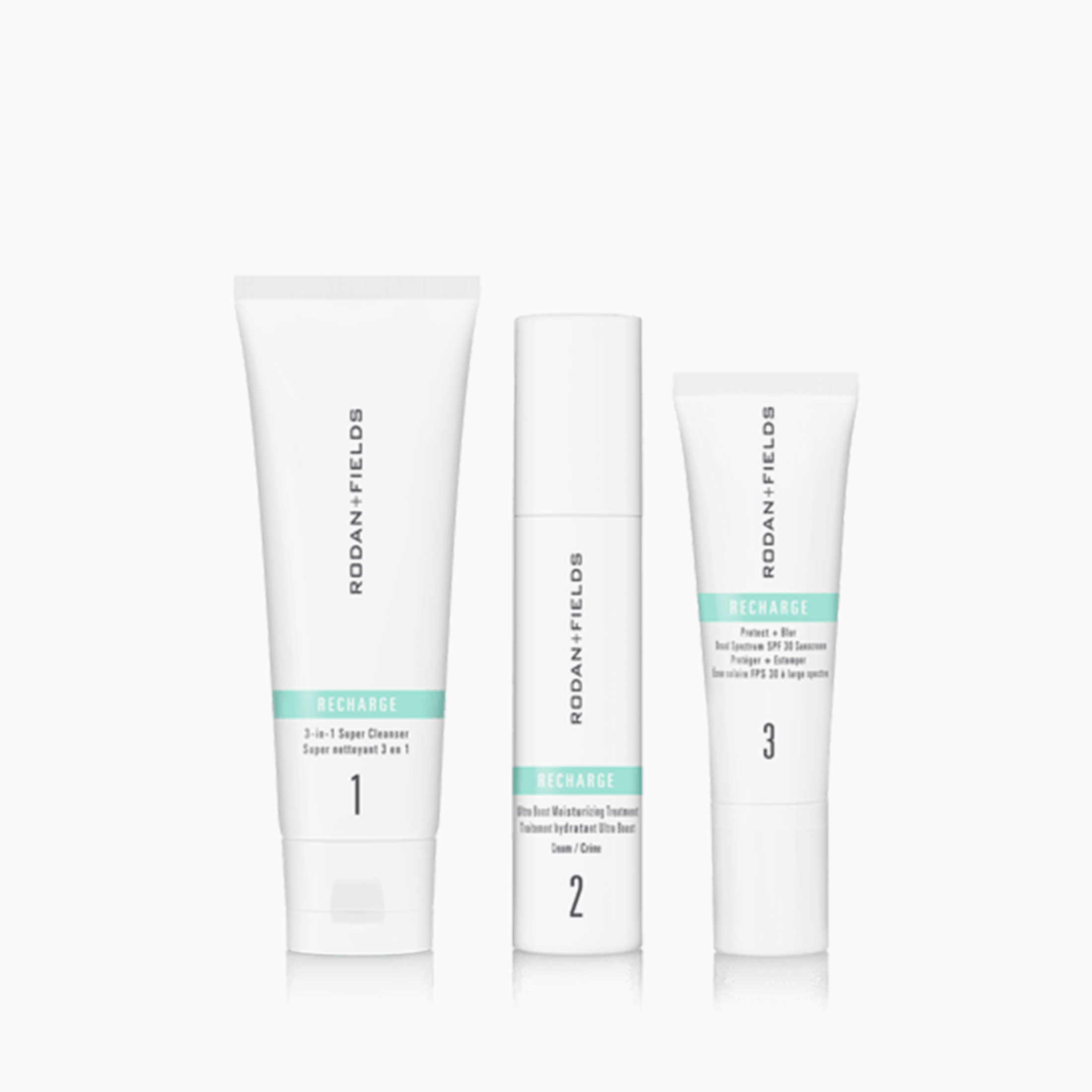
Rodan + Fields Recharge Protect + Blur Broad Spectrum SPF 30
This cream, currently only available in a three-part kit, has antioxidants, moisturizing ingredients, and carnosine, a peptide that is said to remove toxins from skin. There’s also mineral sunscreen and ingredients that make pores appear smaller, so it works as a makeup primer too.

Skinmedica Lumivive Day and Night Serums
This duo is Dr Humphrey’s blue-light shield of choice because of the robust scientific data supporting claims around its blue-light protection. The day serum has antioxidants and skin-barrier-restoring ingredients to shield skin from exposure, while the night serum has different antioxidants and peptides to repair damage done during the day.
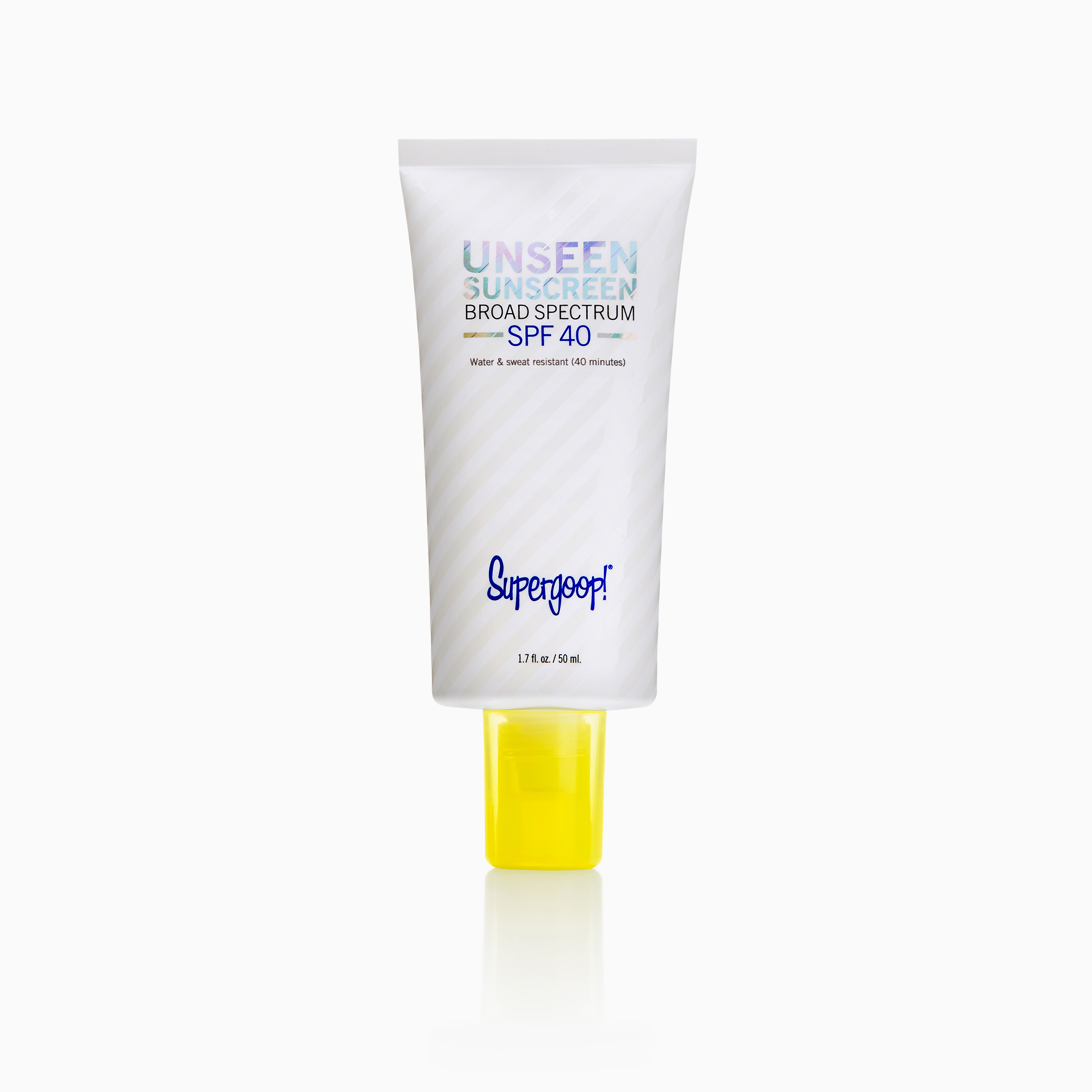
Supergoop Unseen Sunscreen SPF40
On top of UV and blue light, this protects against infrared radiation from the sun and goes on completely clear. In the mix: a chemical sunscreen, red algae extracts that are said to protect against blue light, soothing frankincense, and a hydrating meadowfoam seed complex.
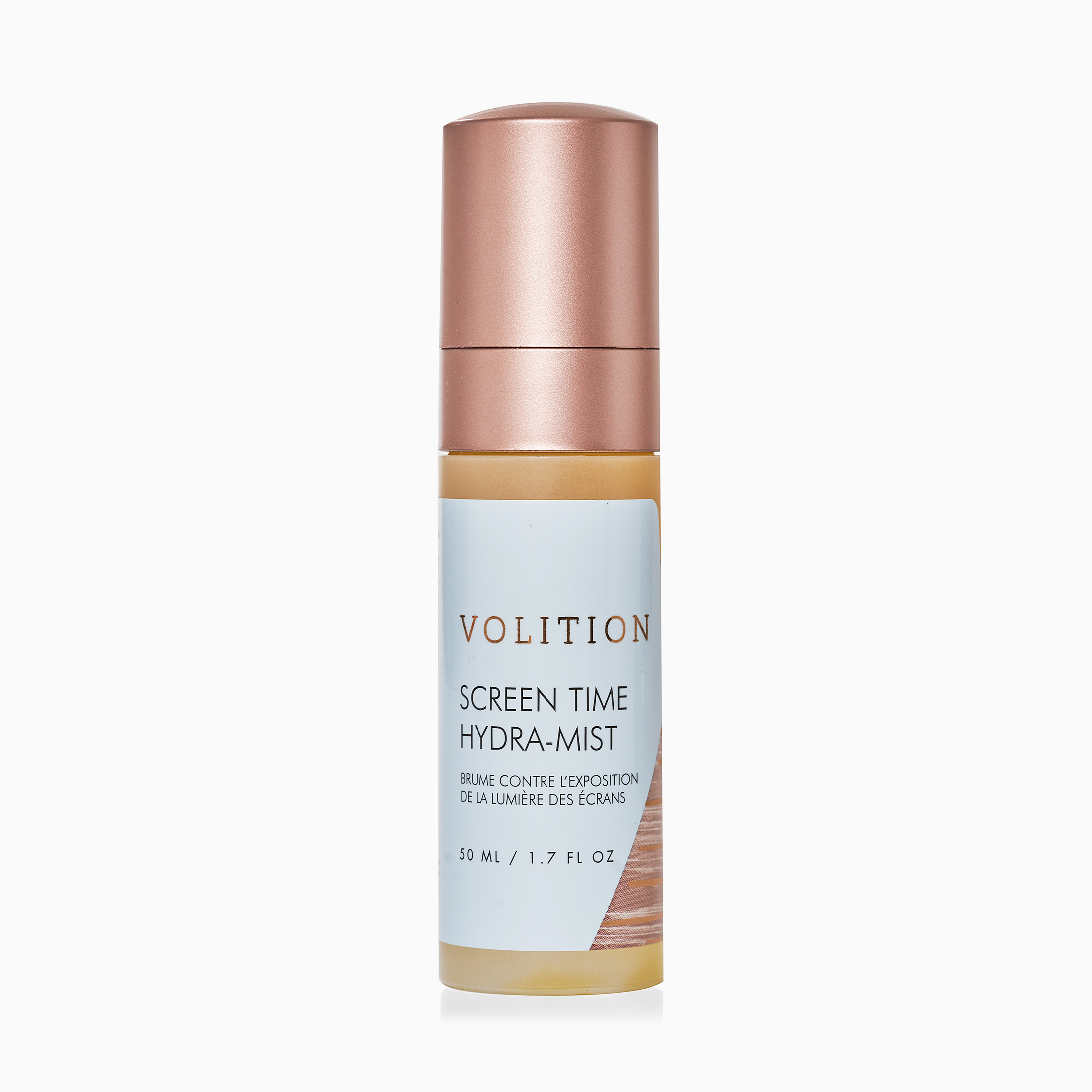
Volition Beauty Screen Time Hydra Mist
If you’re out and about and have been particularly glued to your screen, there’s this facial spritz. It has antioxidant marigold flower extract, safflower seed and sunflower oil for moisture, and soothing vitamin B5 and rosemary extract. Spray on whenever you like – even over makeup.
_________
Never miss a story. Sign up for NUVO’s weekly newsletter, here.

